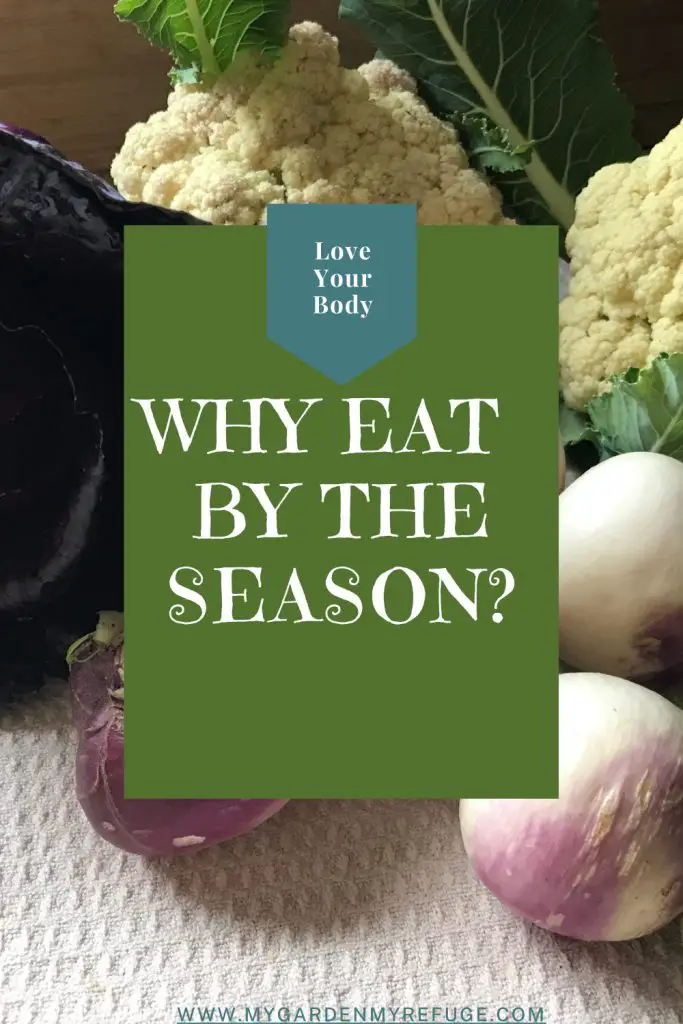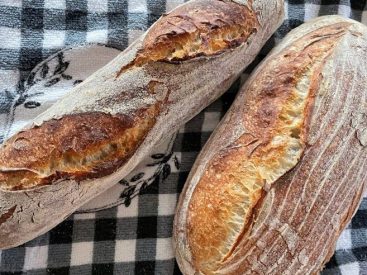What is eating by the season?
Eating by the season is eating the ripe produce at a given time of the year. Contrary to what the stores may illude to, fruits and vegetables are unavailable year-round. Each plant has different growing requirements, therefore, different harvest times.
Why different crops for each season?
Growers do not follow the regular Gregorian calendar when it comes to seasons. Instead, they rely on high and low temperatures to determine them. Although they still divide the year into four seasons, they are named differently.
Cold for the months with constant freezing temperatures. Cool when temperatures are above freezing but below 65F (18C). Warm when temperatures are about 75F (25C). Then hot when temperatures are above 86F (30C). Not all regions get all four seasons. Some have a cold, cool, and warm, while others have cool, warm, and hot, depending on the location.
This temperature-based division helps determine which crops to grow each season. Brassicas and leafy greens enjoy cold temperatures with gentle sunlight. On the other hand, Peppers and tomatoes prefer it warm with moderate sunlight. Comes to the hot season, corn, okra, and pumpkins are the stars.

Why eat in season?
1- Good for your health
Seasonal fruits and vegetables are at their prime of ripeness when picked. Therefore, their nutrients, sugars, and water content are at their highest. Besides, They provide our body with the required nutritional needs for that season.
Brassicas are high in minerals and vitamins, which are crucial for our immune system to fight colds and flu. In contrast, with their bright colors, summer vegetables are high in antioxidants, providing our skin with sun protection. They are also high in water content, which keeps us hydrated.
2- Good for the environment
Next time you go shopping, take a look at the source of the product to see the distance they travel to get to your market. However, if people eat by the season, the pressure on providers will increase to seek local producers, which will significantly impact our carbon footprint.
3- Reduction in pesticides and preservatives
For the traveling food to get to the consumer safely, companies have to spray it regularly with pesticides to keep bugs at bay. They also apply preservatives and wax to keep the freshness the longest possible. If seasonal eating is encouraged, only close-by food will be available, so there will be minimal need to use chemicals.
4- You will never get bored of the same food
Since each season offers a variety of fruits and vegetables, you will never get bored of eating the same thing year-round. You already follow the seasons in your wardrobe; why not follow it on your plate?
5- Cost efficient
When produce is out of season requires preserving and travel, making the final price to the consumer higher.
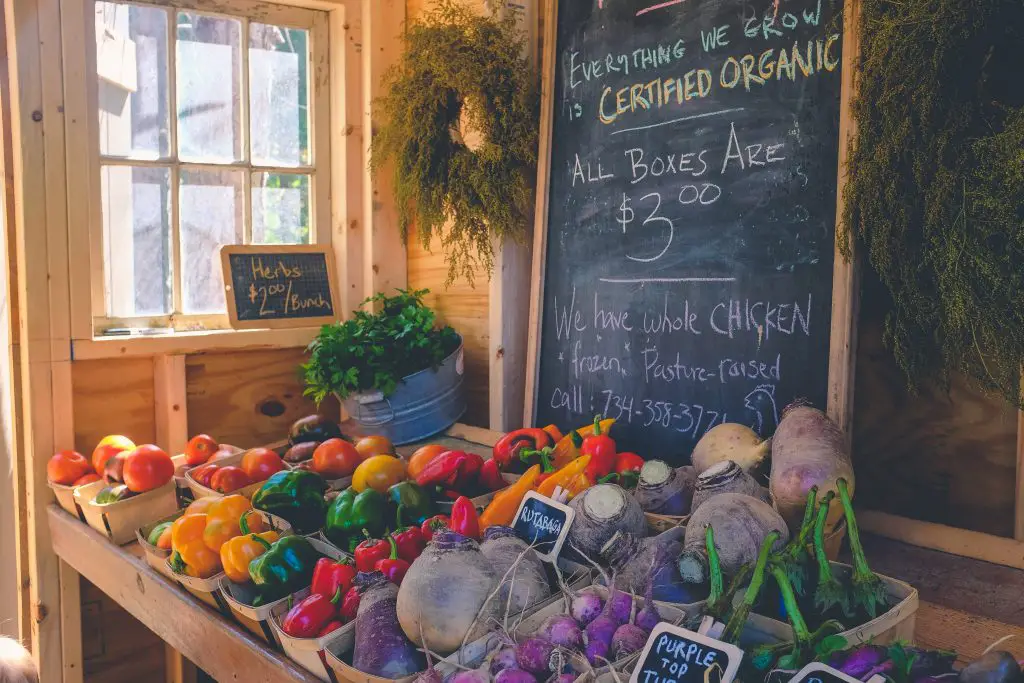
How to know what is in season?
Many find it challenging to know what’s in season. However, there are a few strategies to figure it out until you get the hang of it.
1- Shop local
Visit local farmers’ markets. You will learn a lot there. There won’t be shiny strawberries in the middle of winter not bright broccoli in the heart of summer. You will only find what is growing in the season and not far from you.
2- Educate yourself
Dedicate a few hours to searching and making a list of your favorite produce for each season. Make it bright and attractive to your taste, then hang it somewhere in the kitchen to reference when you make your shopping list.
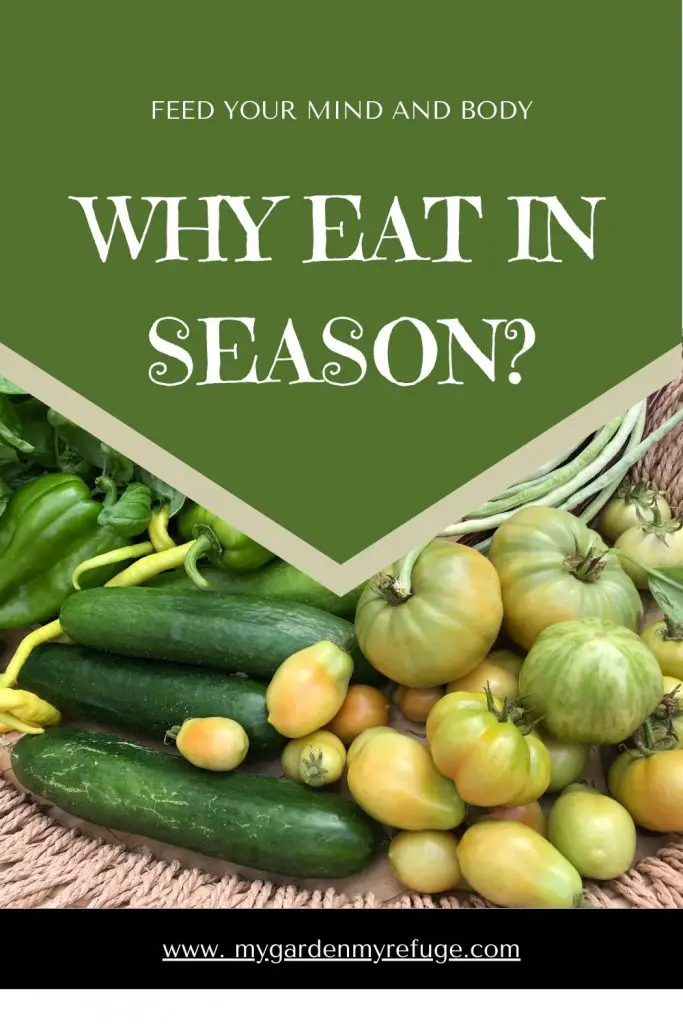
What about regions with a short growing season?
Areas with long winters are compensated by having long days during the growing season. As a result, they have greater chances of getting big harvests, allowing them to grow enough for immediate consumption and preserve some for the dormant season.
Is preserving food healthy?
While nothing beats fresh food, preserving is an intelligent way people invented to have some food available in desperate times. There are different ways to preserve vegetables and fruit for the off-season; drying, pickling, canning, and the most modern one is freezing. The question is, “Is preserving good for you?”
The bottom line is that most store-bought preserves are full of harmful ingredients. Your best bet is to look for a short, natural ingredient list. Ideally, it is better to learn how to do it yourself safely.
Does preserved food keep its nutritional value?
This article aims to encourage you to eat by the season to get the most of your food. Preserved food is helpful in times of hardship or to fill the gaps of low production.
Vegetables and fruits do lose some of their nutritional value when they are not fresh, but you may get other benefits depending on the reservation method used.
1- Freezing
Studies show that frozen vegetables and fruit keep most of their nutrients. Compared to store-bought, they had the same nutritional value. They may lose some of the water-soluble vitamins, but most stay intact. The reason is that the flash-freezing process usually takes place right after freezing. Also, this is the only preserving method that keeps most of the flavor.
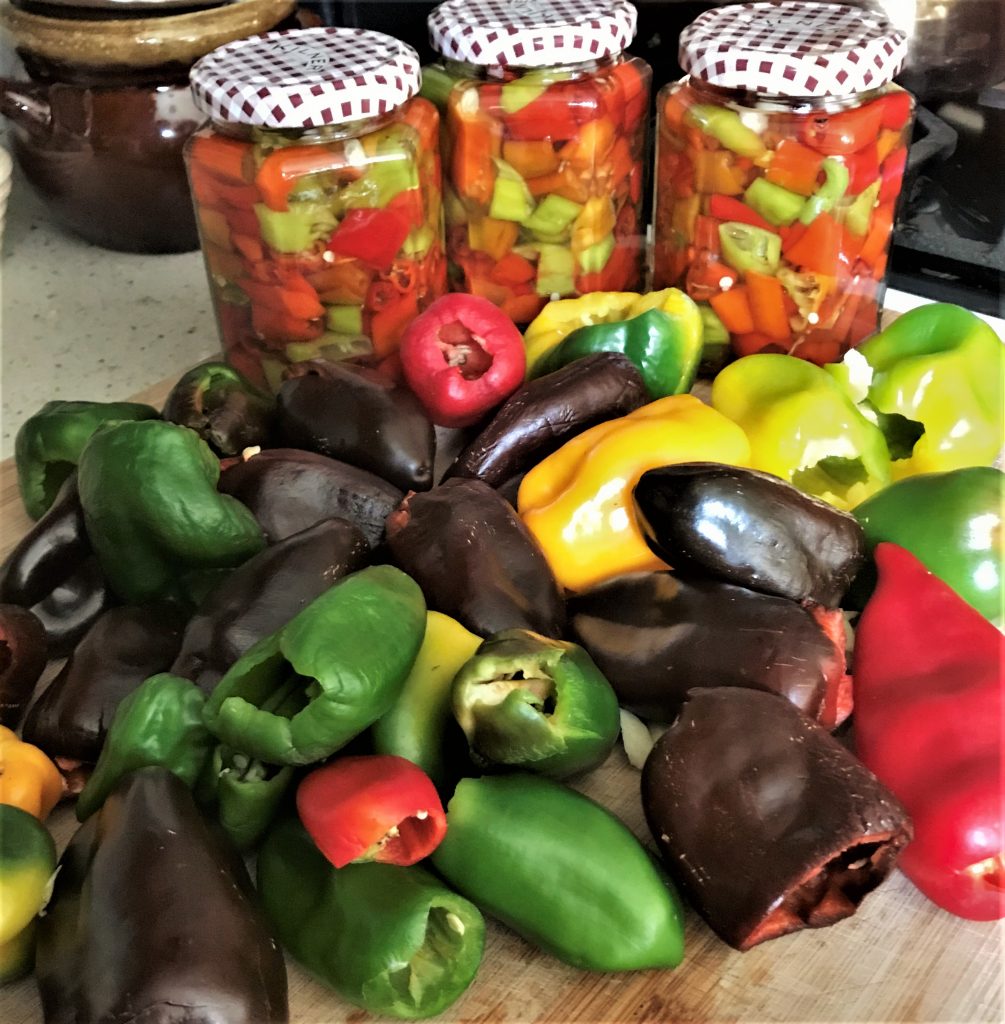
2- Fermenting
Fermenting is the process that uses salt and water to encourage bacteria and yeast to break down the sugars of the produce. The result is a jar full of gut-healing probiotics. Fermentation certainly alters the original flavor, but it is still good for you.
3- Pickling
Pickling is different from fermenting. It uses vinegar and water instead of salt. It might not be rich in probiotics, but it does keep most of the vitamins the produce contains in the brine. So, instead of throwing the brine, try to soak your bread in it to get its benefits.
4- Drying
Drying is another way to preserve food for the offseason. This method does not alter the produce as much. It only gets the water out of it to prevent mold and bacteria from growing. There are different ways of dehydrating fruits and vegetables, such as sun drying, oven drying, air drying, and using a dehydrator.
5-Canning
Canning is another old-fashion way of preserving food. An array of edible goods are canned, but vegetables and fruits are most common. The produce is cleaned and cut into the desired size. Then, they are packed in sterile glass jars and submerged in water or syrup. They are put in a water bath or an oven to seal the closed jars.
The food should be shelf-stable for years if the process is correctly done.
Fortunately, canning does not destroy the nutritional value of the produce. Only a few heat-sensitive vitamins, such as Vitamin C and B, are damaged during the heating step. Other than that, most nutrients are kept intact.
